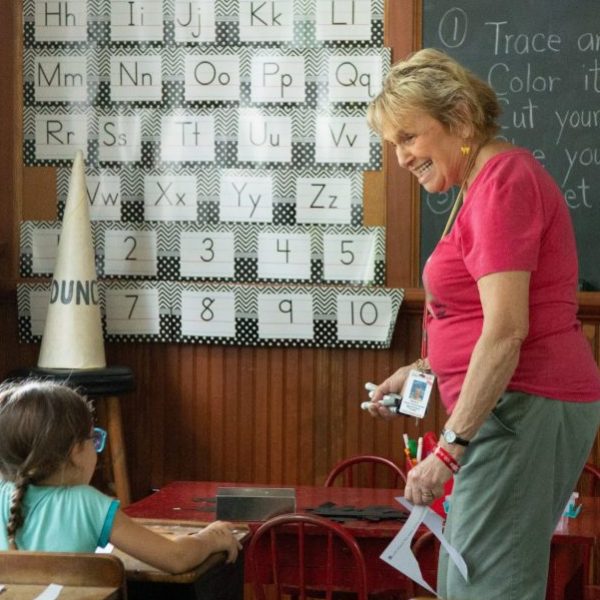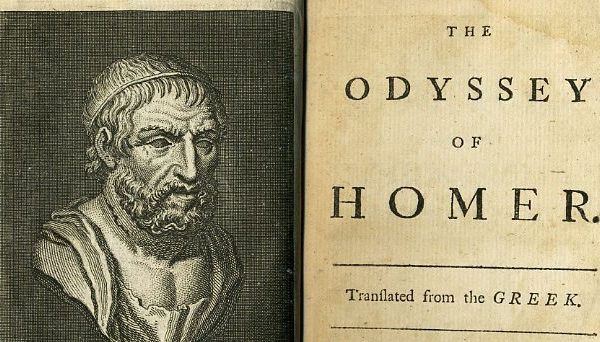Choosing the Veil, Quietly
What symbols do you wear every day? Does your haircut symbolize your gender? Are you wearing a ring to tell the world you’re married, you graduated from a certain college, or just that you can afford it? Are you wearing a suit to tell your colleagues you mean business? Or have you never considered that everything you wear might have a meaning behind it?
 In America and Egypt, and their Western and Arab-majority counterparts, a group grows daily whose members are extremely aware of the symbol they place on themselves each day. In A Quiet Revolution: The Veil’s Resurgence, from the Middle East to America, Leila Ahmed explores the trend of Muslim women embracing the veil since the 1970s after at least four decades of going bareheaded. Ahmed claims that rather than being unconsciously exploited by their society, women in both Egypt and America have researched the veil’s meaning, determined its symbolism as relevant to their secular and religious lives, and purposely chosen to wear it even in the face of harsh and sometimes violent criticism.
In America and Egypt, and their Western and Arab-majority counterparts, a group grows daily whose members are extremely aware of the symbol they place on themselves each day. In A Quiet Revolution: The Veil’s Resurgence, from the Middle East to America, Leila Ahmed explores the trend of Muslim women embracing the veil since the 1970s after at least four decades of going bareheaded. Ahmed claims that rather than being unconsciously exploited by their society, women in both Egypt and America have researched the veil’s meaning, determined its symbolism as relevant to their secular and religious lives, and purposely chosen to wear it even in the face of harsh and sometimes violent criticism.
The women in Ahmed’s research invert the argument of Islamic oppression enforcing their veil-wearing. One woman who chose to wear the veil believes that Western women’s clothing demonstrates the sexism of their society and that they do not understand the messages their clothes embody. Having full knowledge of what they are wearing and why, on the other hand, empowers the new generations of Muslim women. The difference between wearing a veil and not wearing one is not the difference between a devout Muslim woman and an irreligious one—the author says she knows many religious women who did not wear the veil—but a difference in the women’s personal choices.

Women at Tahrir Suqare, Cairo, protesting aginst Hosni Mubarak. Photograph by Kodak Afga; licensed under Creative Commons Attribution-Share Alike 2.0 Generic license.
Ahmed is fair in her treatment of the issue, however, noting that not all the women in the 1970s and 1980s, at the beginning of the re-veiling movement, understood what was happening. “I don’t know why everyone wore modern dress before and now we do not…but this is the situation,” said one in the early 1980s. We also hear dissenting opinions. The older women were more likely to be openly opposed to the reclamation of the veil than the younger women, for example, and one said during the same time period, “I will never wear it. I worked very hard to be in the position I am in today…these young girls do not know how hard it was in the past for women.” Nevertheless, women of the 1990s and 2000s continued to exercise what Westerners might claim as a very Western value—the power of choice.



